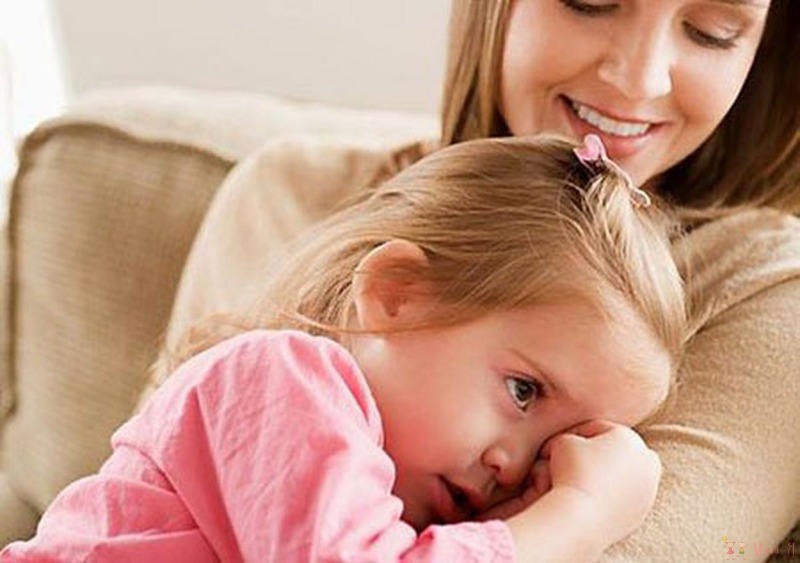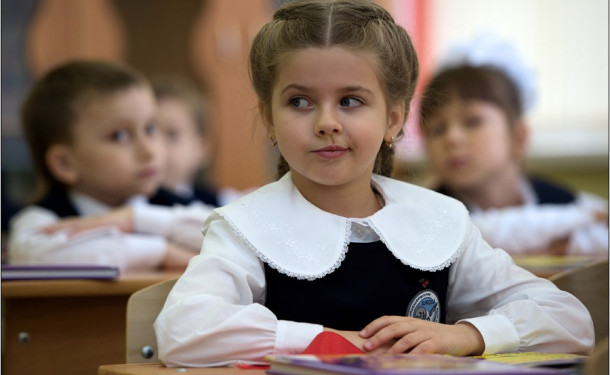TEACH CHILDREN NOT TO HID EMOTIONS
 Young children of two years old are not shy to express their feelings. When a baby laughs sincerely and fervently, even the most serious adult cannot hold back a smile. As they grow older, many of them lose their ability to express emotions for a number of reasons: they are shy, afraid, think that this is the way a polite person should behave. This mainly concerns feelings of negative color. Many people mistakenly believe that in ideal families people do not swear. Unexpressed emotions have a cumulative effect, given that the reserve of the nervous system is limited, as a result of the accumulation of negativity, nervous tension and even depression occur. So how to express emotions?
Young children of two years old are not shy to express their feelings. When a baby laughs sincerely and fervently, even the most serious adult cannot hold back a smile. As they grow older, many of them lose their ability to express emotions for a number of reasons: they are shy, afraid, think that this is the way a polite person should behave. This mainly concerns feelings of negative color. Many people mistakenly believe that in ideal families people do not swear. Unexpressed emotions have a cumulative effect, given that the reserve of the nervous system is limited, as a result of the accumulation of negativity, nervous tension and even depression occur. So how to express emotions?
WHAT IS EMOTION?
Emotion is a process of the psyche of short duration, which reflects an assessment of a situation, a person or an object. Emotions consist of three components:
sensations experienced or conscious in the psyche;
processes that occur in various vital systems of the body;
facial expressions on the face.
how to learn to express your emotions
HOW DO CHILDREN EXPRESS THEIR EMOTIONS?
What can be said about how the kids express their mood? From infancy, a child can only cry. Tears for him are the only way to express emotions, to talk about pain, hunger, cold, fear. When a child is growing up, the task of parents is to teach him to manage negative feelings. They cannot be hidden deep in the soul. Otherwise, it may cause emotional trauma for a short time. But in the end, the muffled negativity will spill out of the child, but not in the form of tears and screaming, but in the form of psychosomatic symptoms. A son or daughter may have speech impairment, fatigue, or neurological illness.
HOW TO HELP A CHILD EXPRESS YOUR FEELINGS AND EMOTIONS?
Parents themselves need to know how to express their feelings. When communicating with a child, share your emotions: “I was so happy that you came out of school cheerful!”, “I am so sorry that the porridge was burnt.” Ask the baby: “Are you angry when I am late at work?”, “Are you glad that I took you from the gym?”
It must be emphasized that the experiences of the child are quite natural and there is nothing wrong with that. Thus, parents help the child understand the reason for his experience. After all, a child often simply cannot formulate his feelings into words.
Parents should take into account the nature of their child. For example, one child must be allowed to cry, another can be distracted or persuaded. Do not stop tears at all costs, sometimes you need to give your baby time to calm down.
In the case when the manifestation of the child’s emotions causes harm to other people or is destructive, then it is worthwhile to show him that his feelings can be expressed in a different way. Here, too, it is necessary to focus, first of all, on the child himself. If he is choleric in temperament, then give him a pillow, let him beat her. If he was a phlegmatic, perhaps he would cry quietly enough aside.
You need to understand that all children have a physical expression of their emotions. This is simply such an age and does not mean at all that, having matured, the child will do the same. You can help the exit of emotions through drawings with a brush or pencil, plasticine, finger paints. Offer to draw “joy”, “sad little man”, etc. Help the child and draw with him.
ADVICE TO PARENTS
Parents need to know how to teach their child how to express their emotions. Children always imitate their parents, so mom and dad should know how to properly express their feelings.
On the street you can often hear how the mother yanks the child with the words: “Do not cry”, “Do not moan” – such statements block the manifestation of negative emotions, which, incidentally, the child has the right to. And then the little man begins to hide his anger, resentment, indignation, thinking that such emotions should be hidden from others. In such situations, psychologists suggest parents use a trick starting with the pronoun “I”: “I get annoyed when you moan,” “I feel ashamed when my child begs for a toy in a store.” When using “I” instead of “You,” you do not forbid the baby to show his feelings, on the contrary, set an example and demonstrate your emotions.
How to learn to express your emotions? No need to hide feelings – this is impossible, we cannot control them, we can only control the way of expression. There is emotion – hatred, and there is action – a blow that a person wants to make after experiencing a negative feeling. It is necessary to distinguish between two concepts, do not shame the child for the feeling of hatred, you can say: “You have the right to emotion, but I do not like that you want to hit the younger sister.” Such feelings often arise in older children in relation to younger: they think that the baby “takes” the mother. Parents should explain that the child has the right to any feeling, including hatred, and jealousy, you just can’t beat a little one.




